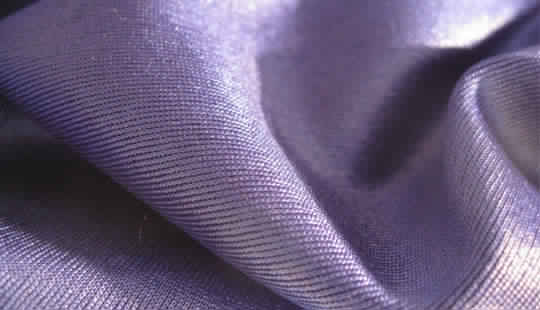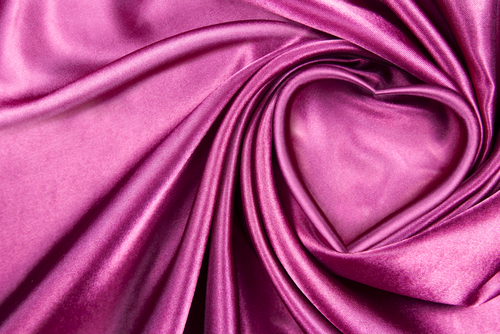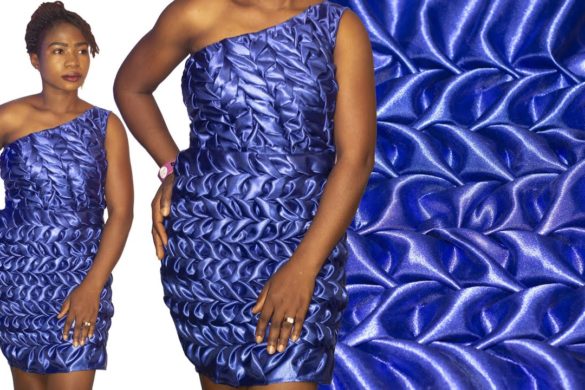Having clothes of different fabrics offers a great deal of diversity for people. However, learning to care properly for all the choices of fabric materials for clothing is a bit more difficult. Certainly, each fabric has a standard of how it should be properly cared for. However, because many clothing items have a combination of materials it can be a bit trickier.
In order to help get a little clarity on the proper care for clothing, it is important to follow these general guidelines:
Cotton

One of the most common fabrics used in clothing is cotton. It is a comfortable all-natural material that can be quite resilient. In fact, it is the primary material in blue jeans. However, it can be found in every type of clothing such as shirts, pants, dresses, skirts, shorts, undergarments and hats. The care of this fabric can be a little complicated because it can shrink. If the items are preshrunk, then it is safe to wash in hot water or any water temperature needed depending on the color. If it is not pre-shrunk the cotton should be washed in cold water only.
Another big concern for cotton is the color. Colors in cotton materials are known to bleed. This means they can run out of the material easily. Additionally, cotton can also take on colors of other materials that bleed. That is why in most cases white clothing should be washed with white clothing, light-colored clothing should be washed with light-colored clothing and dark colored clothing should be washed with dark clothing. Using a color guard may be a good idea for cotton in the wash or dry cycle. Color guards can be found in dryer sheets and in laundry detergents.
It is also important to note that cotton clothing should not be dried on high heat. High heat drying of cotton will encourage shrinkage. It is best if the clothing is dried on medium heat. If the cotton clothing item has specific instructions on the label, they should be followed to preserve the integrity of the materials. The only time bleach should be used on cotton is if the items are white. Other than that, a color safe bleach should be used. Many have wondered how to get sweat stains out of hats. If it is a cotton hat, using a cotton safe stain remover is always recommended.
Linen

This is the second most widely used material for clothing. Like cotton, it is derived from a plant. This material is more sensitive to how it is cleaned than cotton. In some cases, the material will need to be dry cleaned or hand washed only. In general, following the instructions on the clothing label is the best choice. Linen is known to retain larger amounts of water in the cleaning process. Because of this, it is advisable not to overfill the washing machine with many of these clothing items as it can wrinkle or damage the material.
Linen clothing should never be ironed directly on the material. Instead, linen should be ironed out with a cotton cloth in between the material and the iron, or it should be steam ironed. Additionally, when drying, linen should never be dried on high heat. Instructions for drying are usually on the label of all clothing items. In some cases, air drying is recommended.
Polyester

Polyester is a very diverse fiber. It allows for the easy care of garments and does not usually bleed or shrink excessively. This has become a common material that is often mixed with other materials. In general, this material is machine washed with cool or warm water. It should be tumble dried and never dried on high heat.
As with all materials, it is advisable to follow the care labels to know how to properly care for the specific clothing item being washed. Ironing should never be done on high heat. This can literally melt the material. To prevent wrinkles, it can be helpful to take the clothing out of the dryer before it is fully dried. High and medium-high heat can damage the material and make it very static filled.
Silk

Silk is a very exotic natural material. While the material is known for its strength, it is also fragile when it comes to needing proper care. It can be washed by hand or in a cool or warm wash load. It does not do well under hot water. This material is known to bleed out color as well. Therefore washing it separately may be advisable to test how well it does. Hand washing will also show if the color bleeds. Drying is usually done by rolling it in a towel and then air drying. This material should not go in a typical dry load.
Silk cannot be ironed on high heat. If ironed it should be done with a cotton material used between the iron and the material, on very low heat or steamed ironed. If the label says “dry clean only” it is advisable to heed the label. Many silk items should only be hand washed with a delicate fabric detergent for fine washables or dry cleaned.
It is important to only take stains out of clothing items with safe stain removal products. That includes stains on ties and hats. Some detergents have harsh chemicals that can damage materials and caution is always advised in what detergent is used.





